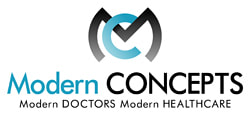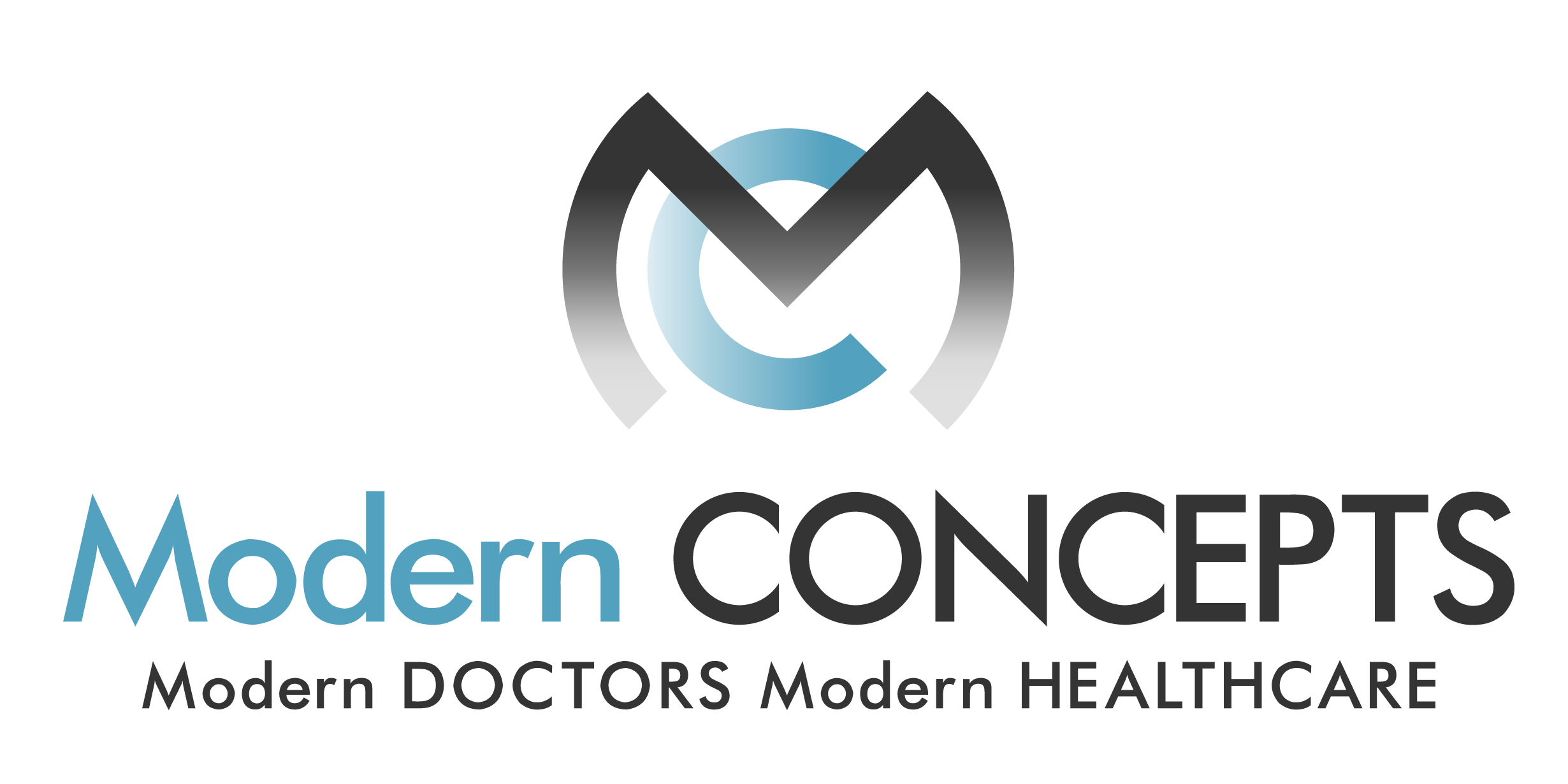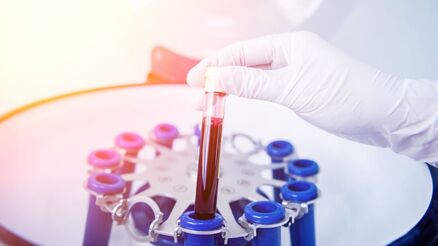Think of your body’s natural healing process like you’re cooking an egg. Would you rather use a match, or an open flame? Most of us would agree, that the second option is monumentally more effective than the first. When your healing processes are not working properly, it’s like trying to cook an egg with a match. We know fire can get the job done, therefore the question isn’t “is fire effective?”. Instead, the question becomes “How can I get more of it?”. The same dynamic exists within your body’s natural healing process. Your body’s natural healing processes are present, we just need to give it a little spark.
Platelet-rich plasma, or PRP, is a staple in the regenerative medicine field. Essentially, the patient’s blood is drawn, and placed into a centrifuge which spins the sample for 20 minutes and separates it into the platelet-rich component, and the platelet-poor component. Instead of using potentially harmful steroids or other chemicals, PRP is a perfectly natural and patient-friendly alternative to surgery.
PRP injections work by using the following mechanisms (all of which are more patient-friendly than surgery):
- Regulating Inflammation
- Recruiting Stem Cells to the Afflicted Area
- Manufacturing New Tissue
- Stimulating New Member Blood Flow
- Preventing Healthy Cell Degeneration
- Creating a Matrix that Supports New Cell Growth (growth factors)
- However, as safe as PRP is for the patient, there are a lot of misconceptions surrounding the procedure that we would like to address in this article.
Misconception 1 – RP Procedures are Dangerous
The fact is that PRP is an exceptionally risk-free procedure. First, your PRP treatment is autologous (made from your own blood). As a result, you do not need to stress over adverse reactions or side effects as your body’s immune system will not reject your own platelets.
Clinical experts consider PRP to be risk-free for 2 crucial reasons: 1) its autologous nature and 2) the reality that PRP has been performed in multiple settings with no evidence of major complications or side effects.
In March 2018, the Journal of Back Surgery released the results of a clinical study in which patients obtained PRP for reduced back pain triggered by disc degeneration and osteoarthritis. In addition to yielding improved symptoms for joint degeneration, the study also found that the procedure did not yield any cases of auto-immune rejection or sustained inflammation.
Misconception 2 – PRP is Only Used for Aesthetics
The public typically believes that PRP is only used for aesthetic procedures such as facial renewal and hair growth. However, the same science scientific principles that apply to hair loss and facial feature deterioration also apply to diagnoses such as disc degeneration and osteoarthritis, ligament and tendon damage, and chronic pain in the back, hip, knee, neck, shoulder, and elbow joints. Simply put, when the body’s natural healing processes are not performing properly, sometimes they just need a little “jumpstart”.
PRP is often used as precursor to regenerative cell therapy (sometimes referred to as stem cell injections) because of its ability to reduce inflammation and reduce stubborn scar tissue.
Misconception 3 -PRP Therapy is Associated with Surgical Treatment
If a particular condition/diagnosis requires surgery, PRP may be used post operation to reduce swelling/inflammation and promote natural healing. However, this does not mean that PRP is only designed to be used in conjuncture with surgery.
Contrarily, many physicians recommend PRP as an alternative to surgery given that the patient’s condition has not progressed past a certain threshold. Depending on their principles, some offices will try everything they can outside of surgery, and PRP is a staple in that regard.
Misconception 4 – PRP is Only Effective at Addressing Pain and Discomfort
While PRP is incredibly effective at alleviating chronic back, neck, knee, elbow, shoulder, and hip pain, that is not the primary goal of the procedure. Pain and inflammation are symptoms are indicators of a loss of neurological/structural function in the body. For example, back pain is a symptom of collapsed disc space and degeneration of vertebral joint space. Rather than solely targeting and alleviating the back pain, the PRP procedure is designed to address that degeneration and osteoarthritis (loss of function) and back pain (the symptom) is alleviated as a secondary result.
Misconception 5 – PRP is a Brand-New Treatment
PRP injections have an extensive and well documented history dating back to the 1970s, when it was produced by hematologists as a treatment for a blood disorder called thrombocytopenia (low platelet levels in the blood). It was used in maxillofacial surgical procedures in the 1980s. Today, it is used to treat severe osteoarthritis, disc degeneration, partial ligament or tendon tears, alleviate scar tissue, and provide a patient-friendly alternative to invasive surgeries that can often have long-term financial and physiological complications.



